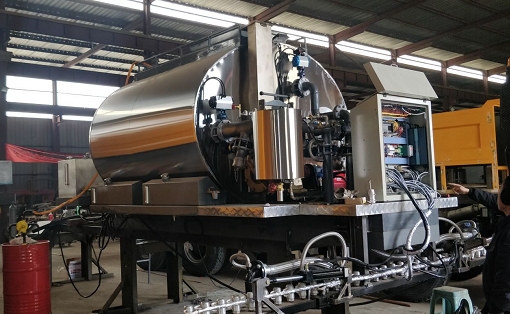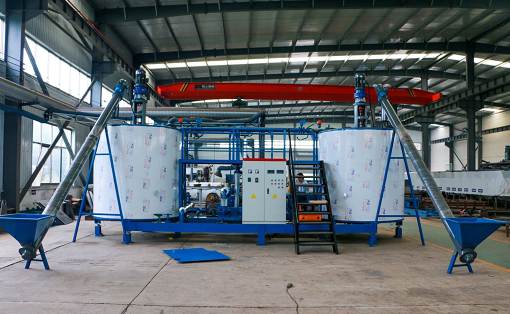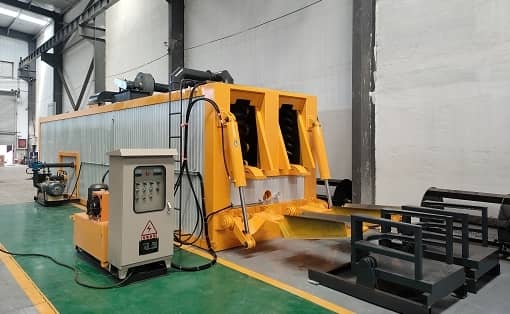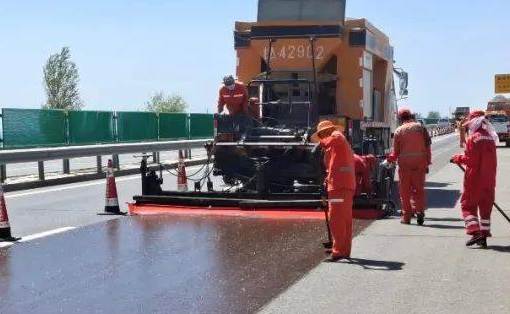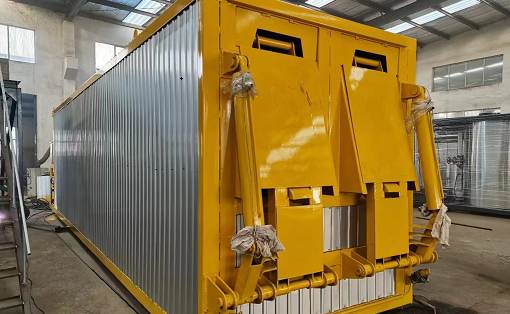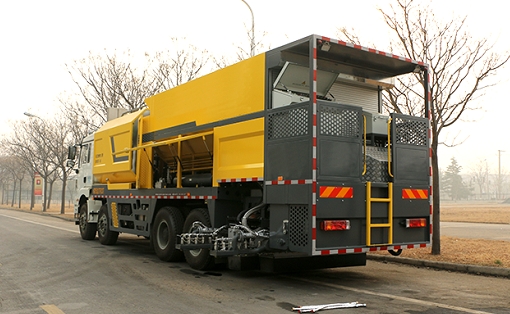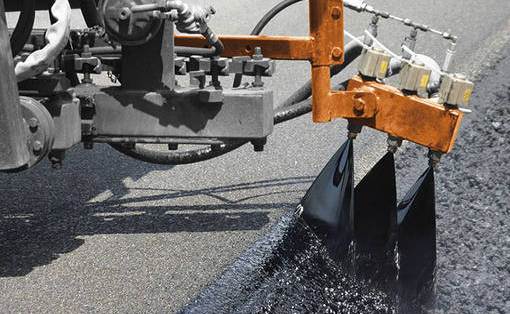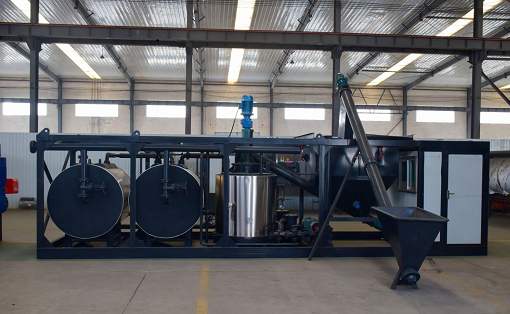Key points of the power-on trial operation of asphalt mixing plant
Asphalt mixing plant is one of the main equipment for producing asphalt concrete. It can mix asphalt, gravel, cement and other materials together in a certain proportion to obtain the products required for highway construction. In order to ensure its operating effect, the asphalt mixing station also needs to be powered on for trial operation before it is officially put into work.
Asphalt mixing plant is one of the main equipment for producing asphalt concrete. It can mix asphalt, gravel, cement and other materials together in a certain proportion to obtain the products required for highway construction. In order to ensure its operating effect, the asphalt mixing station also needs to be powered on for trial operation before it is officially put into work.
The first step in commissioning is to run a single motor and check whether the current, steering, insulation and mechanical transmission parts are operating normally. After confirming that each motor and mechanical transmission parts are operating correctly, conduct a joint trial run. During the entire process, it is necessary to conduct patrol inspections of key parts. If any abnormal noise is found, the cause should be identified and eliminated in a timely manner.
After turning on the power, turn on the air compressor and let the air pressure reach the rated pressure value. During this process, you can clearly observe whether there is air leakage in the control valve, pipeline, cylinder and other components. Then connect the oil supply and return devices, oil supply and return pipelines, etc., and ensure that they do not leak. At the same time, use anti-rust components or take anti-rust measures.
Since the asphalt mixing plant contains many mechanical components, a complete set of commissioning operations requires consideration of all aspects, such as the hydraulic department, conveying mechanism, dust removal system, etc., and none of them can be left out.



